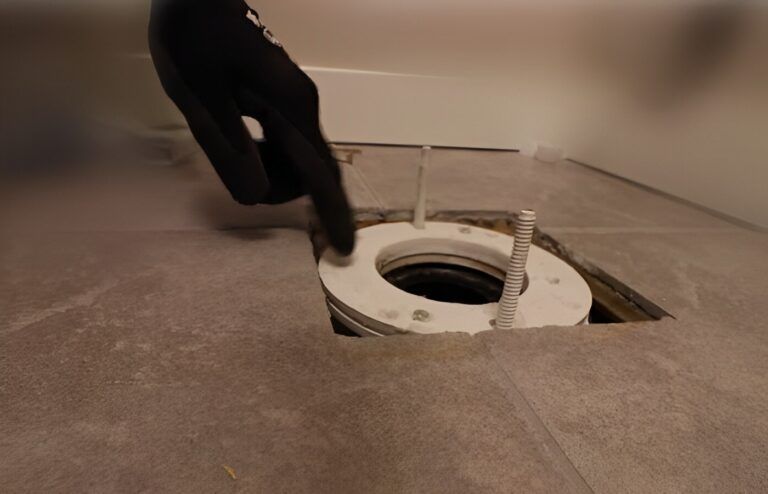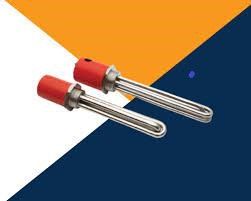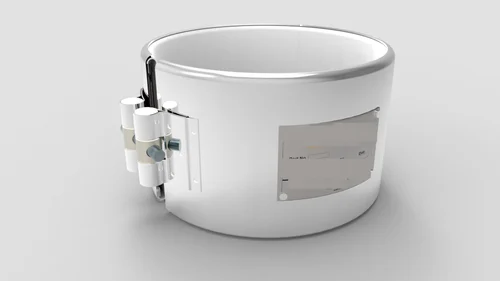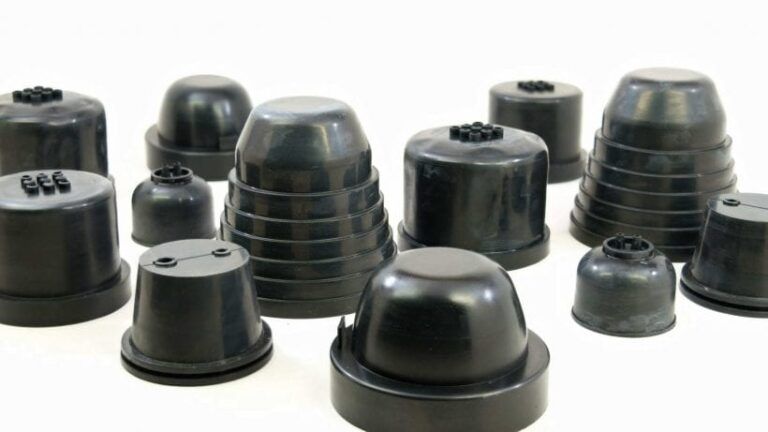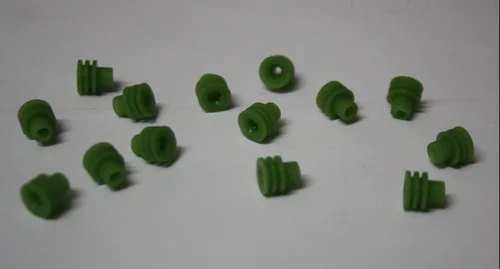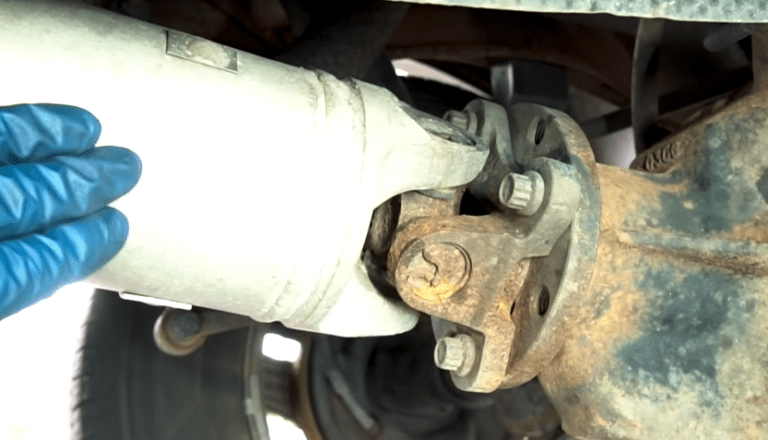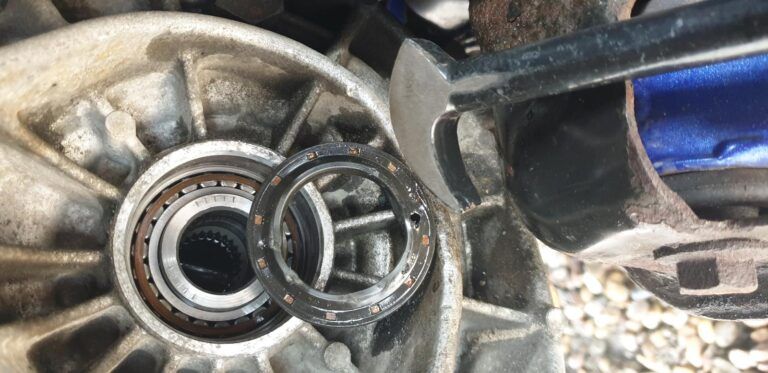Introduction:
Because of a low-sitting toilet flange, do you frequently have toilet leaks or poor sealing? You shouldn’t worry; installing a flange extender is a simple DIY plumbing project. To ensure a suitable seal between the toilet and the waste pipe, flange extenders are made to increase the height of the existing flange. We’ll walk you through every step of the installation procedure in this in-depth tutorial, giving you the skills and assurance you need to do this endeavor on your own. So, put your hands in your pockets and let’s get going!
Understanding the Flange Extender in Section 1
It’s critical to comprehend what a flange extender is and why it’s required before beginning the installation process. The toilet bowl is connected to the waste pipe via the toilet flange, a circular fitting that is mounted on the floor. Water leaks, bad odors, and an unsteady toilet base might result from the flange being too low. Flange extenders are available in a variety of heights to meet your particular demands. They are composed of durable materials like PVC or ABS. In order to raise the existing flange to the proper height and ensure a secure, leak-free connection, they are made to fit on top of it.
Section 2: Installation Preparation
The key to a successful flange extender installation, as with any do-it-yourself project, is preparation. To prevent making repeated journeys to the hardware store, gather all the required tools and materials in advance. What you’ll need is as follows:
Flange extender kit with gaskets, screws, and an extender ring
a wax ring
Screwdriver
If necessary to trim the extender, a hacksaw
a flexible wrench
Putty for plumbers (optional)
supplies for cleaning (rags, cleaning agent)
3: Section 3: Toilet Removal
Turn off the water supply by finding the valve behind the toilet, which is often found on the base of the wall. To cut off the water supply to the toilet, fully close the valve by turning it in a clockwise direction.
Empty the Toilet Tank: Use the flush function to remove all water from the bowl and tank. To ensure a dry workspace, use a sponge or towel to absorb any water that may still be in the bowl and tank.
Disconnect the Water Supply Line: Using an adjustable wrench, unscrew the water supply line that is attached to the toilet tank. You’ll be able to lift the toilet without any obstacles thanks to this.
Section 4: Inspecting the Existing Flange
Before proceeding with the installation of the flange extender, take a close look at the existing flange to assess its condition. If the flange is damaged, cracked, or broken, you may need to replace it entirely. On the other hand, if the flange is in good condition and only too low, you can proceed to the next section.
Installing the Flange Extender in Section 5
To provide a flat surface for the new flange extender, thoroughly clean the current flange. If there is any dirt, debris, or leftover wax, wipe it away with a rag and some cleaning solution.
Positioning the Flange Extender: Align the bolt holes on both the flange extender ring and the existing flange. Make sure the extender is properly and tightly attached.
Installing the Flange Extender in Section 5
To provide a flat surface for the new flange extender, thoroughly clean the current flange. If there is any dirt, debris, or leftover wax, wipe it away with a rag and some cleaning solution.
Positioning the Flange Extender: Align the bolt holes on both the flange extender ring and the existing flange. Make sure the extender is properly and tightly attached.
The provided screws must be inserted into the existing flange and through the extender ring’s bolt holes to secure the flange extender. Once the extender is firmly in position, tighten the screws with a screwdriver.
Section 6: Trimming the Flange Extender (If Necessary)
The flange extender could occasionally be too tall, preventing the toilet from resting flat on the floor. If so, you’ll need to use a hacksaw to cut the extender down to the proper height.
Measure the necessary height for the flange extension and mark it so that it will allow the toilet to sit level on the floor without rocking.
Trim the Extender Carefully: Cut off the flange extender’s extra length with a hacksaw. To avoid breaking the extension, take your time and cut with care.
Check the Fit: Once the flange extender has been repositioned on top of the original flange following trimming, make sure the toilet is level on the floor.
Section 7: Optional – Applying Plumber’s Putty
While it is not required for all installations, adding plumber’s putty to the area around the flange extender’s base can add an additional layer of leak defense. Water cannot seep out of a flexible and watertight sealer like plumber’s putty.
Cleaning the Area: Use a clean rag to wipe away any dirt or dust from the area surrounding the flange extender’s base.
Apply the plumber’s putty by rolling a tiny amount of the compound into a rope. Make a watertight seal by gently pressing the putty around the flange extender’s base.
Conclusion:
Congratulations! You’ve solved the problem of a low-sitting toilet flange and avoided water leaks and wobbly toilets by successfully installing a flange extender. You’ve learned useful plumbing skills and avoided paying a potential plumber by following this thorough instruction. To ensure everything stays in good shape and to stop any potential leaks, remember to perform routine maintenance checks on the toilet and flange. Happy plumbing, Diyers.


